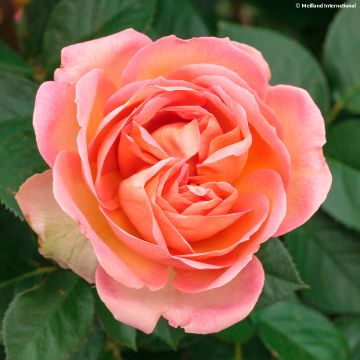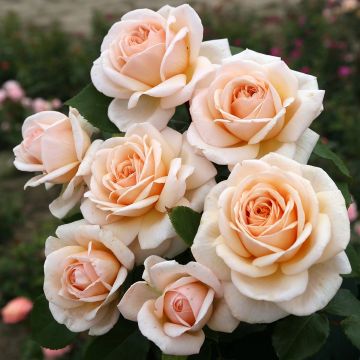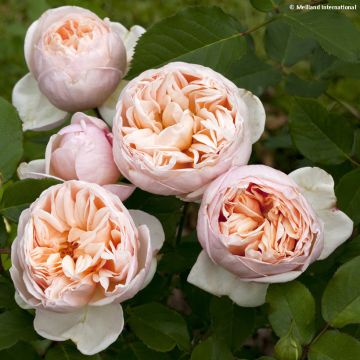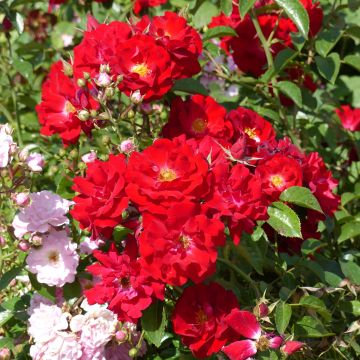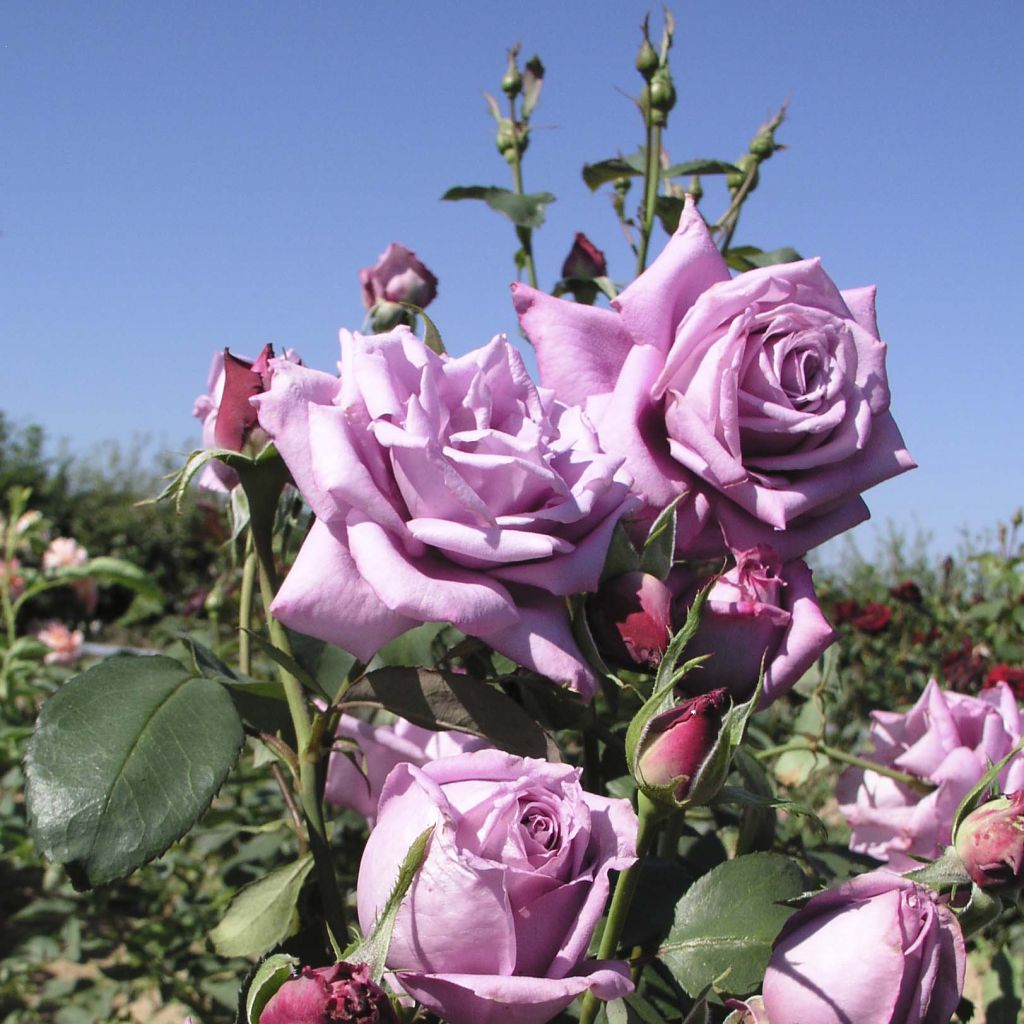

Rosa Mamy Blue - Hybrid Tea Rose


Rosa Mamy Blue - Hybrid Tea Rose


Rosa Mamy Blue - Hybrid Tea Rose
Rosa Mamy Blue - Hybrid Tea Rose
Rosa Mamy Blue® 'Delblue'
This item cannot be shipped to the selected country
Delivery charge from €5.90
Delivery charge from €5.90
Delivery to Corse prohibited
More information
Schedule delivery date,
and select date in basket
This plant carries a 24 months recovery warranty
More information
We guarantee the quality of our plants for a full growing cycle, and will replace at our expense any plant that fails to recover under normal climatic and planting conditions.
From €5.90 for pickup delivery and €6.90 for home delivery
Express home delivery from €8.90.
From €5.90 for pickup delivery and €6.90 for home delivery
Express home delivery from €8.90.
Delivery to Corse prohibited: UE law prohibits the import of this plant from mainland France to Corse as part of the fight against Xylella fastidiosa. Please accept our sincere apologies.
More information
Does this plant fit my garden?
Set up your Plantfit profile →
Description
The 'Mamy Blue Rose' (Delblue), a modern hybrid tea, undoubtedly offers the 'bluest' rose in the Delbard collection. This bush rose, perennial and floriferous, offers large, beautifully tubular, mauve-blue flowers, which are uncommon and look wonderful in flower beds and bouquets. Their powerful 'blue' rose fragrance is penetrating, almost addictive. Adorned with ample glossy green foliage, this upright bush provides magnificent flowers that last 10 to 15 days in a vase!
'Mamy Blue' or 'Delblue' is a modern bush rose with large clustered flowers obtained by Delbard in 1991. Like all so-called 'blue' roses, this award-winning variety is also distinguished by a magnificent fragrance. 'Mamy Blue' forms a bushy and upright shrub, a bit rigid, and reaches about 90 m (295ft) in height and 60 cm (24in) in width at maturity, with rapid growth. It produces green, sturdy, thorny and well-branched branches, which bear ample foliage of a fairly deep and glossy green. Throughout the summer, if faded flowers are removed, the plant produces successive waves of large dark red buds that open into very beautiful 10 cm (4in) diameter flowers, whose perfect shape, deep and tubular cup opening onto a very tight core, is typical of hybrid tea roses. They are composed of 35 to 40 mauve-blue petals, leaning more or less towards pink depending on the nature of the soil, gracefully fringed. They are clustered in bouquets and carried at the end of long shoots of the year or emerging on 2-year-old stems.
This 'Mamy Blue' rose is in the same vein as Charles de Gaulle, Sissi, Waltz Time or Claude Brasseur, with which it can compose a very pretty flower bed with a thousand shades of pink-mauve-blue enhanced by some bush sage or penstemon in shades of pink to fuchsia red. It will find its place in the garden of any flower lover, whether a novice or an experienced gardener. With its retro charm and beautiful fragrance, it deserves a graceful setting and a place not far from the house. Some light-flowering perennial plants (Autumn Asters, foxgloves, penstemons), grasses, lavenders and nepetas, are ideal for enhancing its beauty and accompanying it late in the season. For example, marry it with a red or garnet rose (Charles de Mills, Papa Meilland, Roseraie de l'Haÿ, Hansa); their colours and fragrances create a beautiful symphony. With a little daring, you can also try the combination of mauve and soft orange or yellow with a rose like Danaë or Lady of Shalott. Simple and easy-to-grow perennials such as Geranium Rozanne, Geranium Pink Cloud, Nepeta Walker's Low and campanulas will accompany it for most of the summer. It looks good on its own or in a group of 3 plants and a large pot on your patio or balcony. Its flowers make beautiful romantic bouquets in the company of pink peonies and white lilacs.
Report an error about the product description
Rosa Mamy Blue - Hybrid Tea Rose in pictures


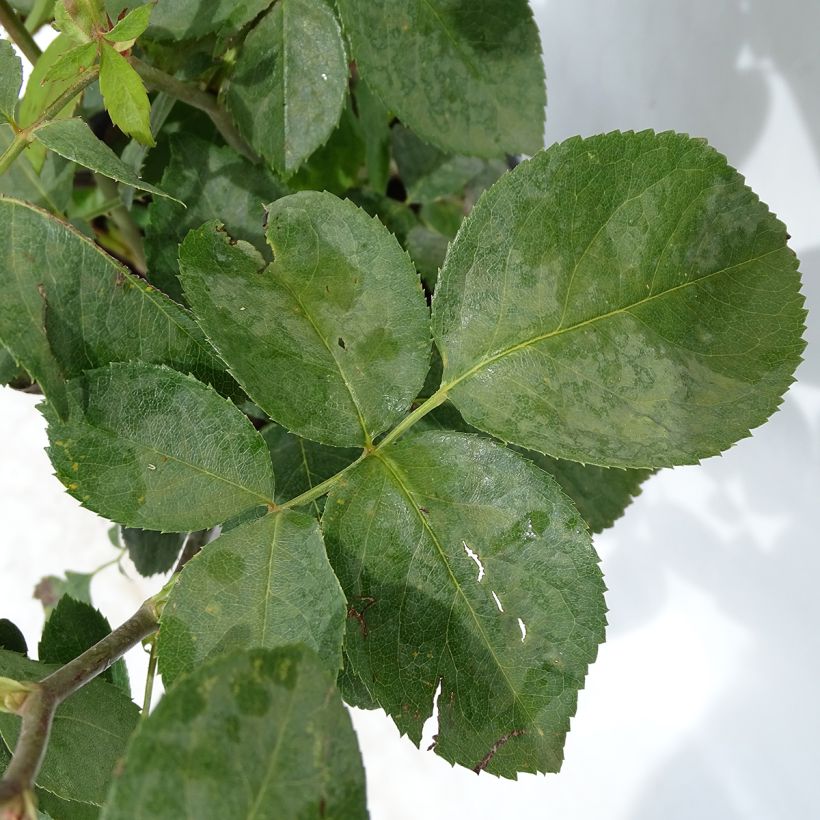

Plant habit
Flowering
Foliage
Botanical data
Rosa
Mamy Blue® 'Delblue'
Rosaceae
Cultivar or hybrid
Rosa multiflora (4L/5L pot), Rosa canina Laxa (Wrapped bare root)
Other Large-flower tea Roses
Planting and care
Choose a sunny or lightly shaded spot with well-worked soil that is not too heavy and has enough nutrients. Avoid planting in poor and excessively dry soils. Prepare the soil by crumbling it and adding an amendment, such as blood, fish and bone, at the bottom of the planting hole. After planting, water abundantly to remove air pockets and continue to water regularly for a few weeks to help the roots establish.
Pruning modern repeat flowering roses is important for flowering and should be done in three stages:
1. Regular maintenance pruning: During the season, regularly shorten the flowering branches and remove faded flowers along with their stem, leaving 2 or 3 leaves to encourage repeat flowering.
2. Preparatory autumn pruning: Lightly prune in preparation for the 'main' spring pruning. Note: This is not recommended in regions with cold winters as this could weaken the bush.
3. Spring pruning: In February-March, when the buds have become shoots 2 to 3 cm (1in) long, prune the young, strong branches to one-quarter of their length.
When pruning, always aim to remove dead wood, diseased branches, and weak shoots while opening up the centre of the bush. Retain the most vigorous branches, generally 3 to 6 well-positioned, to maintain an attractive habit. Always prune at a slant ½ cm or 1 cm (0in) above an outward-facing bud.
Roses may develop unsightly spots at the end of summer, but this is a natural occurrence and doesn't harm the rose's growth.
Planting period
Intended location
Care
-
, onOrder confirmed
Reply from on Promesse de fleurs
Roses by purpose
Haven't found what you were looking for?
Hardiness is the lowest winter temperature a plant can endure without suffering serious damage or even dying. However, hardiness is affected by location (a sheltered area, such as a patio), protection (winter cover) and soil type (hardiness is improved by well-drained soil).

Photo Sharing Terms & Conditions
In order to encourage gardeners to interact and share their experiences, Promesse de fleurs offers various media enabling content to be uploaded onto its Site - in particular via the ‘Photo sharing’ module.
The User agrees to refrain from:
- Posting any content that is illegal, prejudicial, insulting, racist, inciteful to hatred, revisionist, contrary to public decency, that infringes on privacy or on the privacy rights of third parties, in particular the publicity rights of persons and goods, intellectual property rights, or the right to privacy.
- Submitting content on behalf of a third party;
- Impersonate the identity of a third party and/or publish any personal information about a third party;
In general, the User undertakes to refrain from any unethical behaviour.
All Content (in particular text, comments, files, images, photos, videos, creative works, etc.), which may be subject to property or intellectual property rights, image or other private rights, shall remain the property of the User, subject to the limited rights granted by the terms of the licence granted by Promesse de fleurs as stated below. Users are at liberty to publish or not to publish such Content on the Site, notably via the ‘Photo Sharing’ facility, and accept that this Content shall be made public and freely accessible, notably on the Internet.
Users further acknowledge, undertake to have ,and guarantee that they hold all necessary rights and permissions to publish such material on the Site, in particular with regard to the legislation in force pertaining to any privacy, property, intellectual property, image, or contractual rights, or rights of any other nature. By publishing such Content on the Site, Users acknowledge accepting full liability as publishers of the Content within the meaning of the law, and grant Promesse de fleurs, free of charge, an inclusive, worldwide licence for the said Content for the entire duration of its publication, including all reproduction, representation, up/downloading, displaying, performing, transmission, and storage rights.
Users also grant permission for their name to be linked to the Content and accept that this link may not always be made available.
By engaging in posting material, Users consent to their Content becoming automatically accessible on the Internet, in particular on other sites and/or blogs and/or web pages of the Promesse de fleurs site, including in particular social pages and the Promesse de fleurs catalogue.
Users may secure the removal of entrusted content free of charge by issuing a simple request via our contact form.
The flowering period indicated on our website applies to countries and regions located in USDA zone 8 (France, the United Kingdom, Ireland, the Netherlands, etc.)
It will vary according to where you live:
- In zones 9 to 10 (Italy, Spain, Greece, etc.), flowering will occur about 2 to 4 weeks earlier.
- In zones 6 to 7 (Germany, Poland, Slovenia, and lower mountainous regions), flowering will be delayed by 2 to 3 weeks.
- In zone 5 (Central Europe, Scandinavia), blooming will be delayed by 3 to 5 weeks.
In temperate climates, pruning of spring-flowering shrubs (forsythia, spireas, etc.) should be done just after flowering.
Pruning of summer-flowering shrubs (Indian Lilac, Perovskia, etc.) can be done in winter or spring.
In cold regions as well as with frost-sensitive plants, avoid pruning too early when severe frosts may still occur.
The planting period indicated on our website applies to countries and regions located in USDA zone 8 (France, United Kingdom, Ireland, Netherlands).
It will vary according to where you live:
- In Mediterranean zones (Marseille, Madrid, Milan, etc.), autumn and winter are the best planting periods.
- In continental zones (Strasbourg, Munich, Vienna, etc.), delay planting by 2 to 3 weeks in spring and bring it forward by 2 to 4 weeks in autumn.
- In mountainous regions (the Alps, Pyrenees, Carpathians, etc.), it is best to plant in late spring (May-June) or late summer (August-September).
The harvesting period indicated on our website applies to countries and regions in USDA zone 8 (France, England, Ireland, the Netherlands).
In colder areas (Scandinavia, Poland, Austria...) fruit and vegetable harvests are likely to be delayed by 3-4 weeks.
In warmer areas (Italy, Spain, Greece, etc.), harvesting will probably take place earlier, depending on weather conditions.
The sowing periods indicated on our website apply to countries and regions within USDA Zone 8 (France, UK, Ireland, Netherlands).
In colder areas (Scandinavia, Poland, Austria...), delay any outdoor sowing by 3-4 weeks, or sow under glass.
In warmer climes (Italy, Spain, Greece, etc.), bring outdoor sowing forward by a few weeks.


































